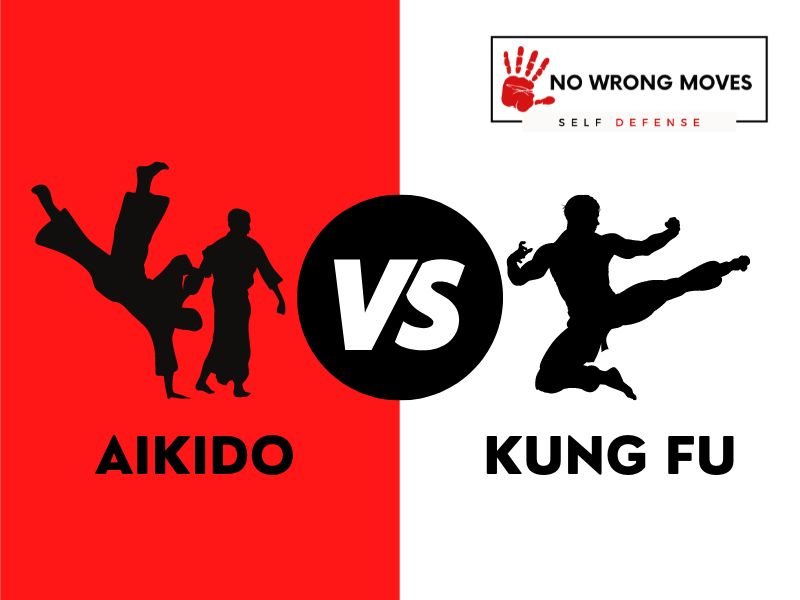
- What To Know About Aikido
- What To Know About Kung Fu
- Key Elements Of Aikido (Culture, Values, Practices etc.)
- Key Elements Of Kung Fu (Culture, Values, Practices etc.)
- Aikido Rankings & Levels
- Kung Fu Rankings & Levels
- Aikido Vs. Kung Fu Attire
- What A Typical Aikido Training Session Looks Like
- What A Typical Kung Fu Training Session Looks Like
- Aikido Movies
- Kung Fu Movies
- Conclusion: Aikido Vs. Kung Fu
Many people in the martial arts community debate whether Aikido or Kung Fu is the better practice. While both offer unique benefits and principles, there are some key differences that set them apart.
The main difference between Aikido and Kung Fu is the way they approach combat. Aikido focuses on using your opponent's energy against them and redirecting it, while Kung Fu uses strikes and kicks to overpower an opponent.
Aikido also emphasizes non-resistance and harmony with the attacker, while Kung Fu often employs aggression and a more offense-based approach to combat.
Another difference is that Aikido incorporates throws and joint locks, while Kung Fu often focuses on striking techniques.
In terms of self-defense, Aikido is often considered more effective because it teaches practitioners to effectively neutralize an attacker without causing harm (very useful for avoiding legal repercussions).
Kung Fu, on the other hand, can be more useful in situations where the practitioner needs to overpower an attacker, by any means necessary!
It's worth noting that both Aikido and Kung Fu are highly diverse martial arts, with many different styles and schools within each.
So while these general differences may hold true, there are always exceptions and individual variations. It's up to the practitioner to find the style and approach that works best for them.
What To Know About Aikido
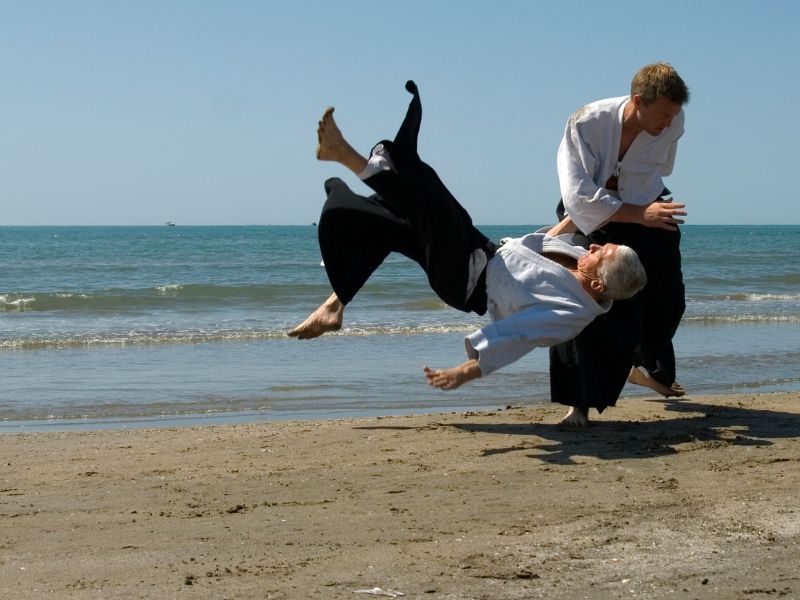
The art of Aikido is generally encompassed as defensive martial techniques. This means it's not intended to work aggressively, but instead when somebody becomes aggressive towards you. The aggressor in this case will be attempting to cause you genuine physical harm.
It can be good practice for a practitioner to observe how they move their body, while being mindful about not pushing themselves against an opponent too much. This way, there isn't all too much force behind what they're doing.
Otherwise, mistakes start happening, and those could lead somewhere worse than before, especially if we weren’t thinking carefully enough beforehand!
Quite a lot of thought goes into each movement in Aikido, whether standing still or moving around. This kind of fluidity and movement is part of why Aikido is generally considered to be an aesthetical beautiful martial art.
Another important aspect of Aikido is being able to control your own emotions during a potentially tense situation. It teaches practitioners to remain calm and in control, instead of escalating conflicts or resorting to violence as a first option.
Overall, Aikido is not just about learning self-defense techniques, but also about the discipline and mindfulness that goes into each movement and decision made during an altercation. It can be a fulfilling practice for both the body and mind.
What To Know About Kung Fu
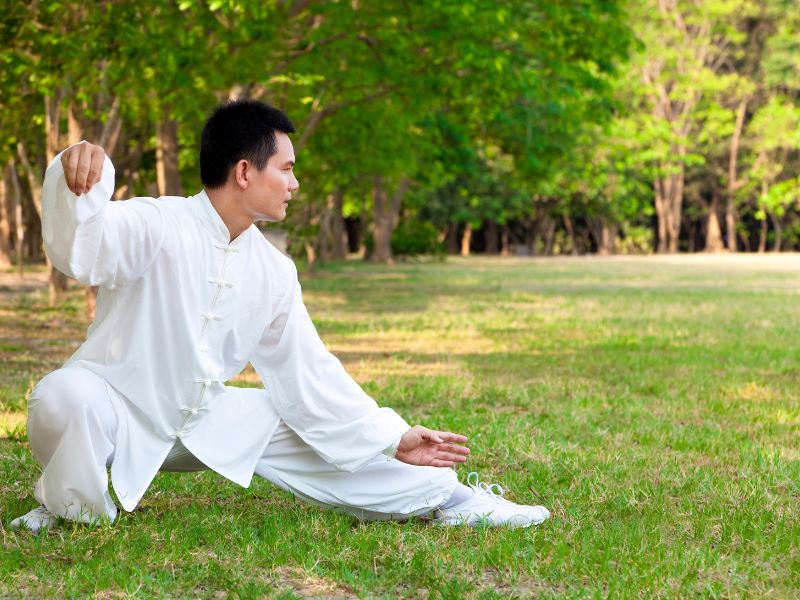
Kung Fu is an ancient martial art form with a long and rich history. It is a system of training that includes physical exercises and techniques such as punches, kicks, and blocks, as well as mental and spiritual practices.
Although Kung Fu is often associated with Chinese culture, it is also practiced in myriad other countries around the world.
The origins of Kung Fu date back centuries, and the art form has been used for both self-defense and combat.
In recent years, Kung Fu has gained popularity as a form of exercise and fitness, on top of as a way to learn self-defense.
There are many different styles of Kung Fu, each with its own unique set of techniques and skills--which makes sense, given that Kung Fu is a collection of different Chinese martial arts.
Of course, this is only a brief history and understanding of Aikido and Kung Fu, but if you want to go deeper into either art, be sure to check out the following posts:
Now, back to the comparison...
Let's look at the origins of the respective disciplines, and then compare the key elements of their practices. You will be able to understand some of their similarities and differences a bit better afterward.
| Aikido | Kung Fu | |
| Origins | Japanese | Chinese |
Key Elements Of Aikido (Culture, Values, Practices etc.)
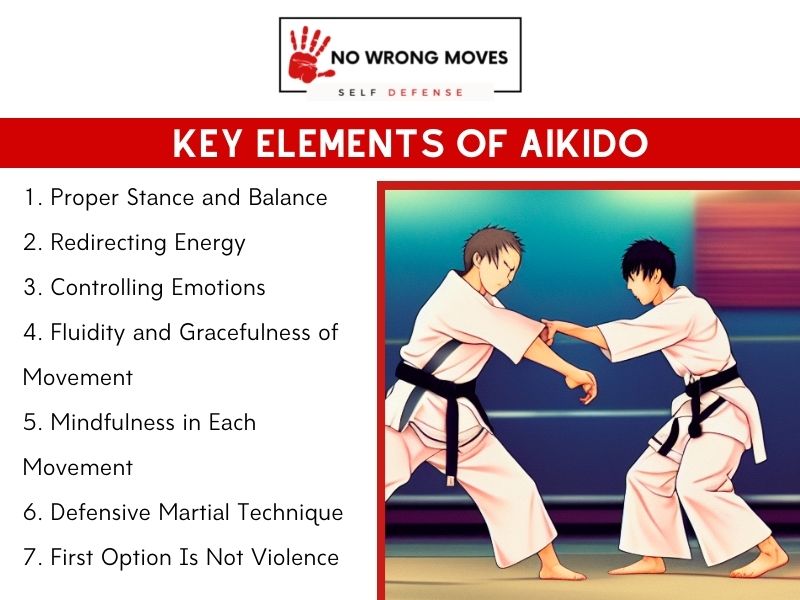
Aikido, the Japanese martial art, is built on a foundation of key elements that are crucial in mastering the art form.
One of the most important elements is maintaining a proper stance and balance. This allows for the body to move effortlessly and with maximum efficiency, enabling the Aikidoka to redirect energy with ease.
Redirecting energy is another key element of Aikido. This involves using an opponent's energy against them, rather than directly opposing it. This technique requires great awareness and control, allowing the Aikidoka to move in harmony with their opponent, effectively neutralizing any threat.
Next up is controlling your emotions. Practitioners must remain calm and composed, even in the midst of chaos. This allows them to stay focused and aware of their surroundings, making it easier to react appropriately and effectively.
Fluidity and gracefulness are also integral components of Aikido. Practitioners must move with ease and agility, almost as if they were dancing. This fluidity allows them to swiftly redirect an opponent's energy and execute defensive martial techniques with precision and accuracy.
Next, mindfulness: practitioners must be fully present in each moment, aware of every sensation and detail. This level of mindfulness allows them to remain calm, focused, and in control, even in the face of danger.
Defensive martial techniques are at the core of Aikido. These techniques are designed to neutralize an opponent's attack while minimizing harm to both parties. Aikidoka are trained to use their opponent's energy against them, rather than relying on brute force.
And finally, Aikido emphasizes that violence should always be the last resort. The first option should always be to seek a peaceful resolution, whenever possible.
Aikido teaches practitioners to approach conflict with a calm and level head, seeking to find a mutually beneficial solution for all parties involved.
Key Elements Of Kung Fu (Culture, Values, Practices etc.)
Kung Fu, a martial art that originated in China, has been practiced for centuries for both self-defense and physical fitness. The roots of this ancient practice date back to the 3rd century BC, where it was primarily used in combat.
Over time though, Kung Fu evolved to include a wide range of techniques and exercises, making it a holistic approach to physical fitness and well-being.
One of the most distinctive aspects of Kung Fu training is the use of weapons. Students can learn how to use swords, staffs, and spears, among other weapons, in addition to the traditional techniques of punches, kicks, and grappling.
This not only adds to the complexity of the practice but also enhances the overall strength and dexterity of the student.
The essence of Kung Fu lies in its emphasis on strength and endurance through exercises.
The physical training is rigorous and challenging, with a focus on developing the body's core strength, flexibility, and balance. The demanding nature of the training also helps to build mental fortitude, discipline, and focus.
Kung Fu is a multifaceted practice that encompasses a variety of techniques. From high-flying kicks to powerful punches, every aspect of the practice is designed to develop the body and mind.
Another thing that I think is important to look at is the different rankings and levels in each art. If you are looking to take up either Aikido or Kung Fu, whether as a hobbyist or to compete, you need to understand the different levels of proficiency and what is required for testing and ranking.
Aikido Rankings & Levels
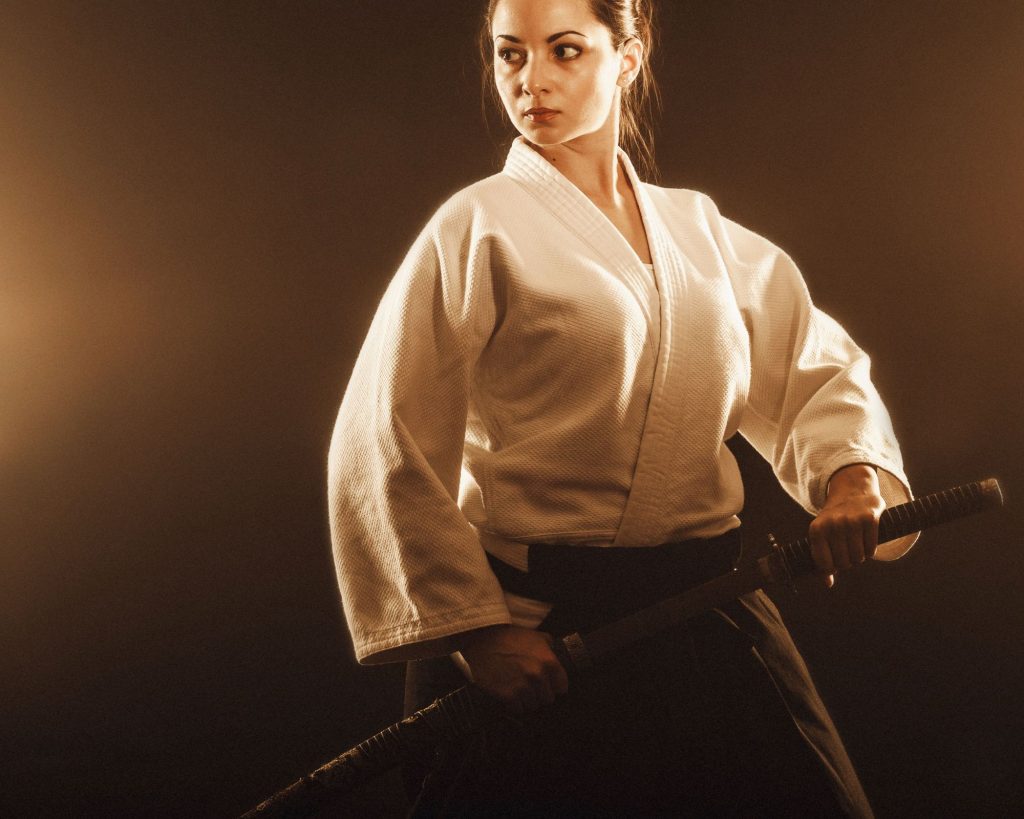
Aikido is a discipline that has myriad levels, each represented by a different-colored belt. The first level is white, as you might've already guessed, which is for beginner students.
Once you have mastered the basics of Aikido, you can move on to the blue belt, which is for intermediate students. And finally, once you have mastered the art of Aikido itself, you can become a black belt, which is the highest level.
There are three degrees as a black belt holder: 1st dan, 2nd dan, and 3rd dan black belt. In order to achieve each of these degrees, you must pass a test that proves your mastery of Aikido.
There are also other ranks and colors that exist outside of the traditional ranking system. In some Western Aikido schools, there are more ranks added in between 1st dan and 2nd dan.
Kung Fu Rankings & Levels
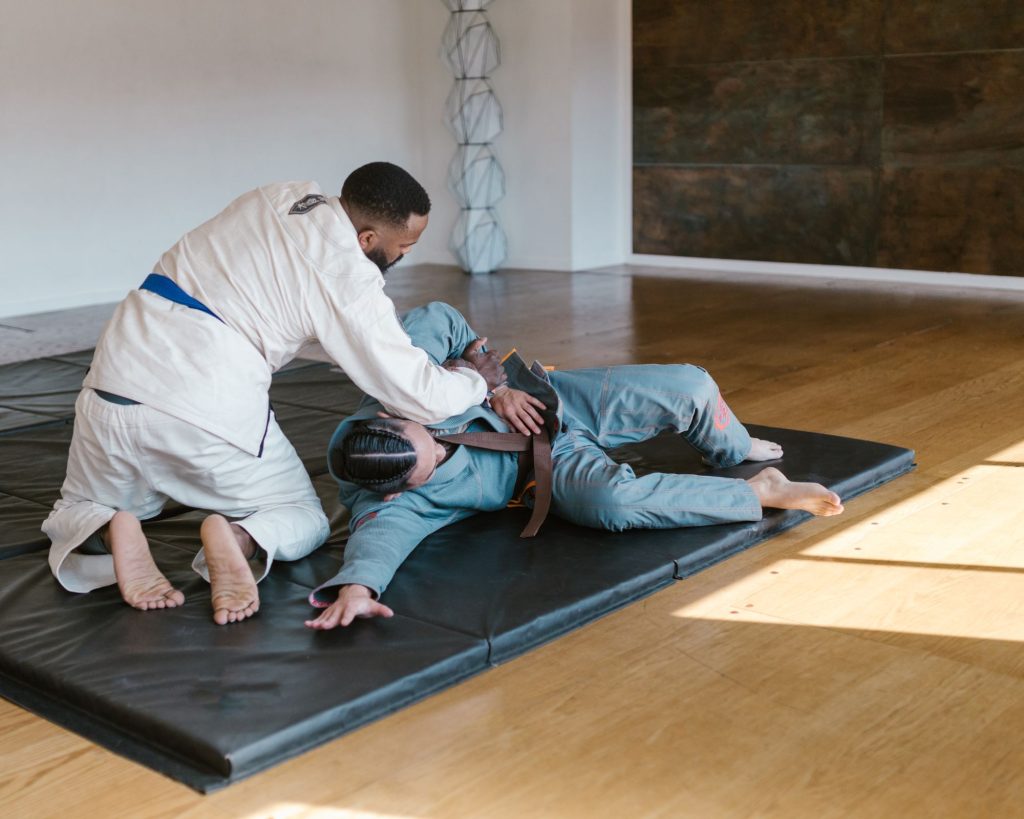
Much like with Aikido, the Kung Fu ranking system is also based on a series of colored belts that denote a practitioner's level of expertise.
Novice Belts
In the Kung Fu ranking system, the white belt is reserved for beginners and does not fall under the main belt categories. As a result, the novice belts consist of yellow, gold, and orange, and one must advance through them in that order.
You've seen how martial artists in Kung Fu movies execute almost dance-like moves, right? Well, novice forms are similar to those moves, so you might be well-prepared for a minor role in a martial arts film.
Intermediate Belts
Once you've got a handle on the basics of kung fu, it's time to move on to the intermediate level. Here, you'll learn more advanced moves and techniques like strikes, stances, self-defence combinations, and even more complex forms.
The intermediate level is indicated by the colors green, blue, and purple, and it usually takes around one to two years to progress through these ranks.
Advanced Belts
As you progress towards the end of the kung fu ranking system, you'll encounter two esteemed colours, brown and red, that signify advanced training and the last step before achieving the much-coveted black belt.
These belts embody an elevated understanding of kung fu, requiring mastery of advanced katas, weapons, philosophy, and a dedication to the art of kung fu beyond just combat proficiency. At this point, it is crucial not just to use the moves, but to truly comprehend the essence of Kung Fu.
Black Belt
The coveted black belt, the pinnacle of kung fu mastery, is the ultimate goal for most martial artists. It signifies that one has achieved the level of proficiency needed to impart their knowledge to others, making it the cornerstone of teaching.
It takes about four years of intensive training to earn this badge of honor.
Aikido Vs. Kung Fu Attire
This section simply compares the clothing and uniforms that practitioners wear in combat.
Aikido Attire
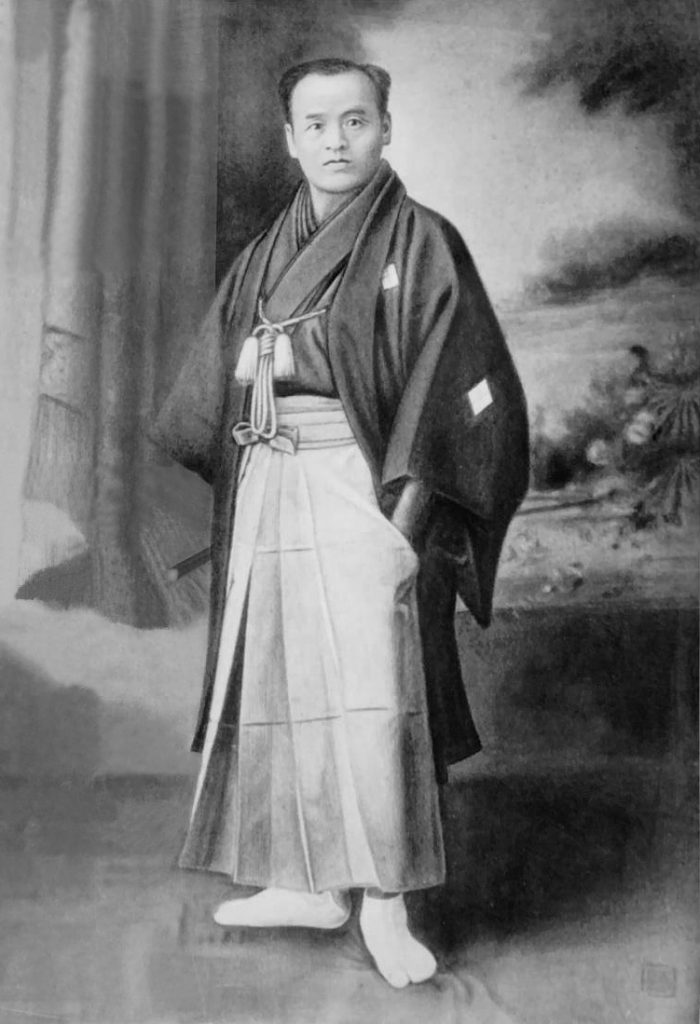
Most aikido practitioners wear a white dogi, or “uniform.” The dogi is a loose-fitting cotton kimono with a belt. In some schools, aikido students also wear hakama, which are pleated trousers that are tied at the waist and fall below the knee.
Male practitioners often don white tabi (socks), while female practitioners often wear white zori (wooden sandals). Some people also choose to practice without any clothes on in order to better feel their body and movements. However, this is not common.
Kung Fu Attire
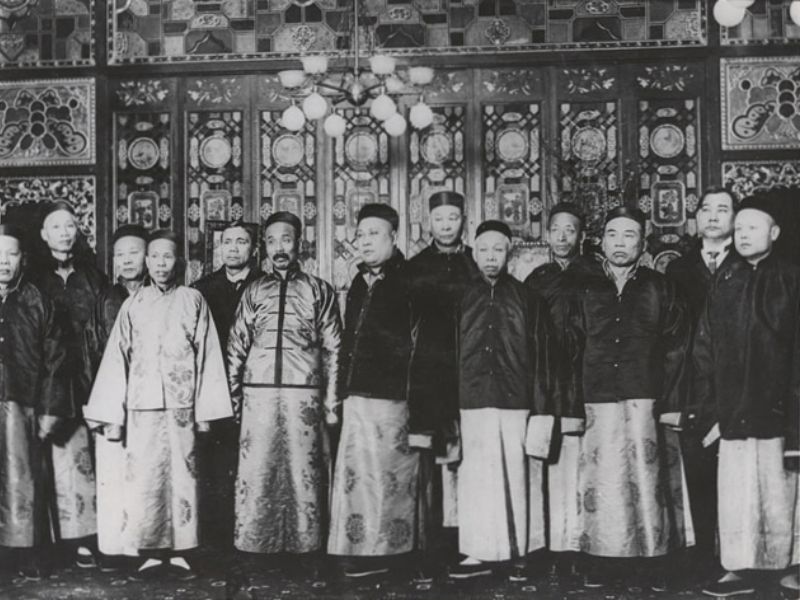
There is no one-size-fits-all answer to this question, as the clothing worn by Kung Fu practitioners can vary depending on the particular style of Kung Fu being practiced.
But in general, Kung Fu practitioners may wear loose-fitting clothes that allow for a full range of motion. And while many people associate Kung Fu with traditional Chinese dress (e.g., qipao), practitioners may also wear more modern attire if they prefer.
What A Typical Aikido Training Session Looks Like

Here's what to expect from an Aikido training session:
Rei, or etiquette, is a critical aspect of Aikido. Students are expected to bow before entering the dojo (training hall), and again upon leaving. There is also a specific way to bow to the sensei (instructor). Rei shows respect for oneself, one's training partners, and the art of Aikido itself.
Kihon, or basics and fundamentals, is the foundation of all Aikido techniques. Students will spend a great deal of time practicing basic movements such as walking, turning, and falling. Kihon helps to develop proper form and posture, which is essential for executing techniques correctly and safely.
Aikido weapons techniques are often taught using a wooden sword (bokken) or staff (jo). These weapons are used to develop correct posture, balance, and movement. They are also used to teach principles that can be applied to empty-handed techniques.
Sequential execution is the key to successful Aikido techniques. There are four sequential stages of technique execution: enter and blend, redirect and unbalance, throw or control, and let go and move away.
Each stage must be performed in order, without hesitation or pause. This sequence allows you to take control of the situation while remaining calm and composed.
Conceptual execution is just as important as technical execution in Aikido. Shoshin and mushin are two very important frames of mind to continually cultivate and maintain.
Shoshin is "beginner's mind," and mushin is a calm and empty mind. Shoshin is the openness and awe of the beginner's mind; it allows you to approach each situation with fresh eyes.
Mushin is a state of complete focus; it allows you to act without thinking or hesitation. Both shoshin and mushin will help you to execute techniques smoothly and efficiently.
Finally, ki is the essential life force that pervades everything in the universe. Ki affects the union of body and mind; it is the energy that flows through us all. Without ki, there is no Aikido.
By training diligently and developing our understanding of ki, we can create harmony in ourselves and in the world around us.
What A Typical Kung Fu Training Session Looks Like
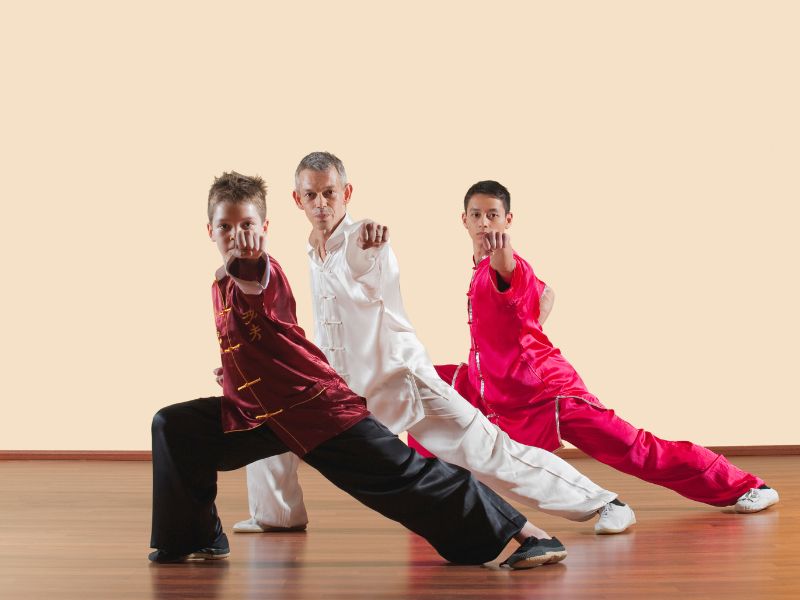
- Warm-Up Exercises: All kung fu practice classes will start with a series of warm-up exercises. These exercises are designed to loosen the muscles and prepare the body for the rigors of training. The warm-up will usually consist of a series of stretches and light calisthenics.
- Forms Training: After the warm-up, students will begin forms training. Forms are pre-arranged sequences of moves that simulate actual combat situations. Forms training helps students to learn proper techniques and to develop muscle memory.
- Sparring: Once students have mastered the basic techniques, they will begin sparring with one another. Sparring is a safe and controlled way for students to practice using their techniques in a real-world situation. Students will wear protective gear during sparring, such as gloves, headgear, and mouthguards.
- Weapon Training: In addition to learning empty-hand techniques, students will also learn how to use various weapons. Common weapons used in kung fu include swords, knives, staffs, and spears. Weapon training helps students to develop coordination and timing.
- Conditioning: Kung fu training is very physically demanding, so conditioning is an important part of every class.
Conditioning exercises help students to build stamina, strength, and flexibility. These exercises can be quite intense, so students should pace themselves accordingly. - Meditation: Meditation is an important part of kung fu training, as it helps students to focus their mind and body.
Meditation can be done seated or standing, and there are many different techniques that can be used. Students should listen to their instructor and follow their guidance during meditation. - Cool-Down Exercises: All kung fu practice classes will end with a series of cool-down exercises. These exercises help the body to gradually return to its resting state and prevent injuries from occurring.
If the last few sections have been a bit full-on or a bit too technical, you will like this next section! Why? Because who doesn't love a good martial arts flick?
Both Aikido and Kung Fu have been featured in a number of films and TV shows, so if you want to learn more about them, then entertain yourself with the following 👊
Aikido Movies

These are some of the top movies and shows with Aikido in them:
- The Blind Swordsman: Zatoichi (2003)
- The Last Samurai (2003)
- Kill Bill: Vol. 1 (2003) and Kill Bill: Vol. 2 (2004)
- Street Fighter (1994)
- Ong-Bak: The Thai Warrior (2003)
- The Challenge (1982)
Aikido can also be seen in popular shows such as:
- Daredevil (2015)
- Arrow (2012)
- Alias (2001-2006)
- Chuck (2007-2012)
- Xena: Warrior Princess (1995-2001)
Kung Fu Movies

Some great movies with Kung Fu are:
- The Karate Kid (1984)
- The Kung Fu Panda (2008)
- Enter the Dragon (1973)
- Crouching Tiger, Hidden Dragon (2000)
- Kill Bill: Vol. 1 (2003) and Kill Bill: Vol. 2 (2004)
These movies showcase different aspects of the martial art, from coming of age stories to epic battles and revenge plots.
Conclusion: Aikido Vs. Kung Fu
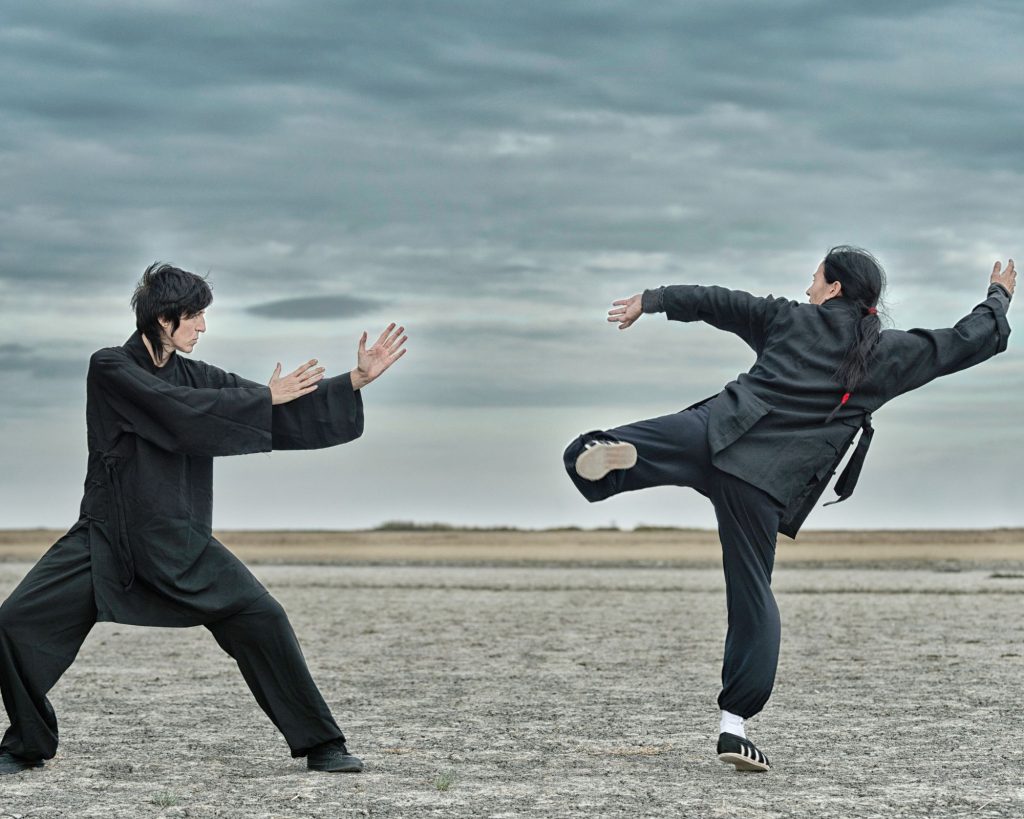
I hope you now have a deeper understanding of Aikido and Kung Fu. In all truth, it is not about which discipline is "better" as they each have their pros and cons.
If you do plan on starting classes for either, please check out my other related posts, as I have tried my best to answer all the FAQs related to the art.
Feel free to share this post and any graphics you like, and of course, if you have any questions or thoughts, drop them below or shoot me an email, and I will be happy to assist 🙂
That's about it for Aikido and Kung Fu! Check out Iaido next here!
[author-box-jpx-fitness]
